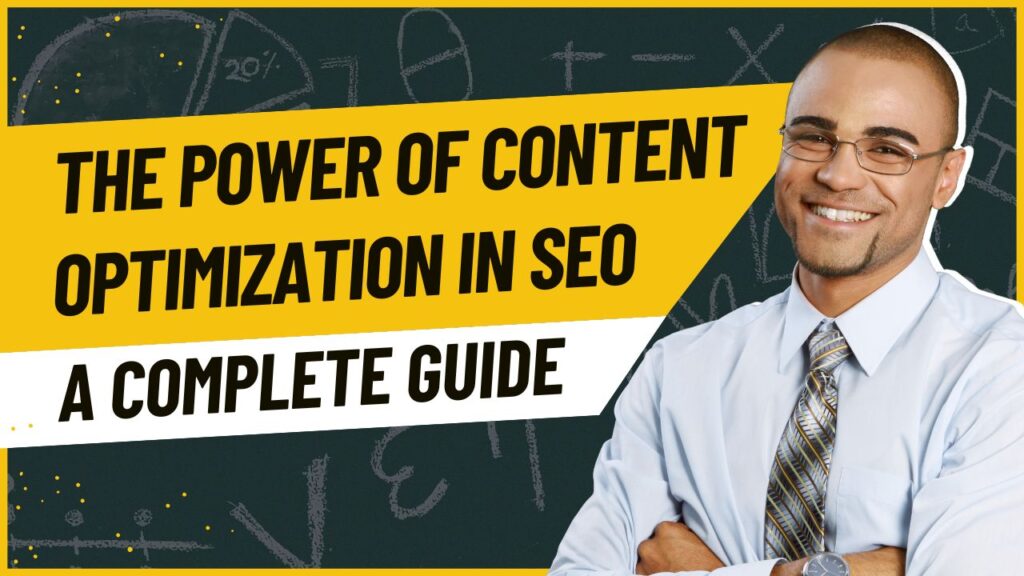In the digital marketing world, content optimization plays a pivotal role in achieving success in search engine rankings. It refers to the process of crafting and enhancing your website’s content to make it valuable, engaging, and relevant for both users and search engines. When done right, content optimization ensures that your audience finds the information they are searching for, while search engines rank your content higher. Let’s delve into the critical aspects of content optimization and why it matters.
What is Content Optimization?
Content optimization involves creating content that resonates with your target audience and is also structured in a way that search engines can easily understand. It goes beyond just adding keywords—it’s about creating content that provides answers, solves problems, and aligns with user intent. From formatting and readability to keyword placement and multimedia elements, every aspect is fine-tuned to ensure effectiveness.
Key Elements of Content Optimization
- Quality and Relevance
The foundation of any optimized content lies in its quality and relevance. Content should address specific questions or topics that your audience is actively searching for. Ensure that it’s well-researched, factually accurate, and provides actionable insights. Avoid fluff and focus on delivering value. - Keyword Integration
Keywords act as the bridge between user queries and your content. Identify primary and secondary keywords using tools like Google Keyword Planner or SEMrush. Naturally integrate these keywords into the title, headings, and body of the content, avoiding overstuffing. - Readability
Content that’s easy to read and understand performs better. Use short paragraphs, bullet points, and subheadings to break down information. Tools like Hemingway Editor or Grammarly can help ensure your content is clear and concise. - Structure and Formatting
Use an organized structure with a clear introduction, body, and conclusion. Implement H1 for the main title and H2/H3 for subheadings. This not only improves readability but also helps search engines index your content effectively. - Engaging Headlines and Meta Descriptions
Your headline is the first thing a reader notices. Make it catchy, informative, and include the primary keyword. Similarly, the meta description should summarize the content in 150-160 characters, compelling users to click.
Benefits of Content Optimization
- Improved Search Engine Rankings: Optimized content aligns with Google’s algorithms, increasing the likelihood of appearing on the first page of search results.
- Enhanced User Experience: When content is engaging and informative, users are more likely to stay on your page, reducing bounce rates.
- Increased Traffic: By addressing user intent, optimized content attracts more organic traffic.
- Higher Conversion Rates: Quality content builds trust and persuades users to take desired actions, such as signing up or making a purchase.
Best Practices for Effective Content Optimization
- Use multimedia elements like images, videos, and infographics to make content more engaging.
- Add internal and external links to provide additional context and authority.
- Regularly update content to ensure it remains relevant and accurate.
- Optimize for voice search by using conversational phrases and questions.
Conclusion
Content optimization is not just an optional part of SEO—it’s essential for standing out in the competitive digital landscape. By creating high-quality, well-structured, and user-focused content, you can build a strong online presence and establish credibility in your niche. Whether you’re a seasoned marketer or just starting, investing time in optimizing your content is a step toward long-term success. Remember, great content is the foundation of a great website.



